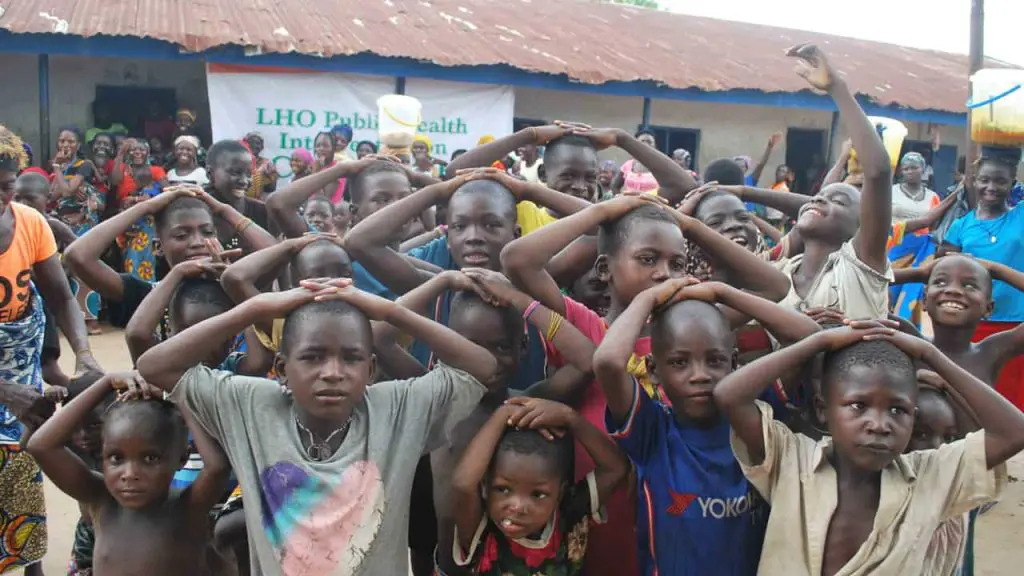
Experts have identified inflation, subsidy removal and insurgency as the major drivers of child poverty, particularly in the Northern Eastern region of Nigeria.
A Social Policy Specialist with the United Nations Children’s Fund (UNICEF), Bauchi Field Office, Dr Yusuf Auta, made the observation on Wednesday in a paper he presented on multidimensional child poverty in Adamawa, Gombe and Bauchi States during a 2-day Media Dialogue in Gombe State.
DAILY POST reports that the dialogue is organised by UNICEF in partnership with the Gombe and Bauchi governments as part of efforts to address the problem of child poverty in the North East.
Auta listed other factors such as unemployment, inadequate investment in social sectors, insufficient income, and high living costs associated with child-rearing, including housing, food, and fuel expenses, as contributing factors to child poverty.
According to him, children face both dimensional and multidimensional poverty, affecting areas such as water, sanitation, housing, access to information, nutrition, education, health, and child protection, as outlined in a situation analysis conducted in 2021.
On his part, Dr Ali Madina Dankumo of the Department of Economics and Development Studies, Federal University Kashere in Gombe State, identified the adverse effects of bad governance on household heads, citing negative impacts on children’s healthcare.
He referenced data from the National Primary Healthcare Development Agency, NPHCDA, indicating that 67 million children lack access to healthcare in Nigeria as of 2022.
Dr. Dankumo underscored how poverty hampers children’s access to quality education and restricts their social mobility, thereby fostering crime and social unrest.
Recall that the 2022 reports of the National Bureau of Statistics, NBS, revealed that child poverty is particularly prevalent in rural areas, with nearly 90% of rural children experiencing poverty.
The child multidimensional poverty index, MPI, indicates higher poverty rates in the northeast and northwest regions (where 90% of children are poor) and comparatively lower rates in the southeast and southwest regions (74% and 65.1% respectively).


